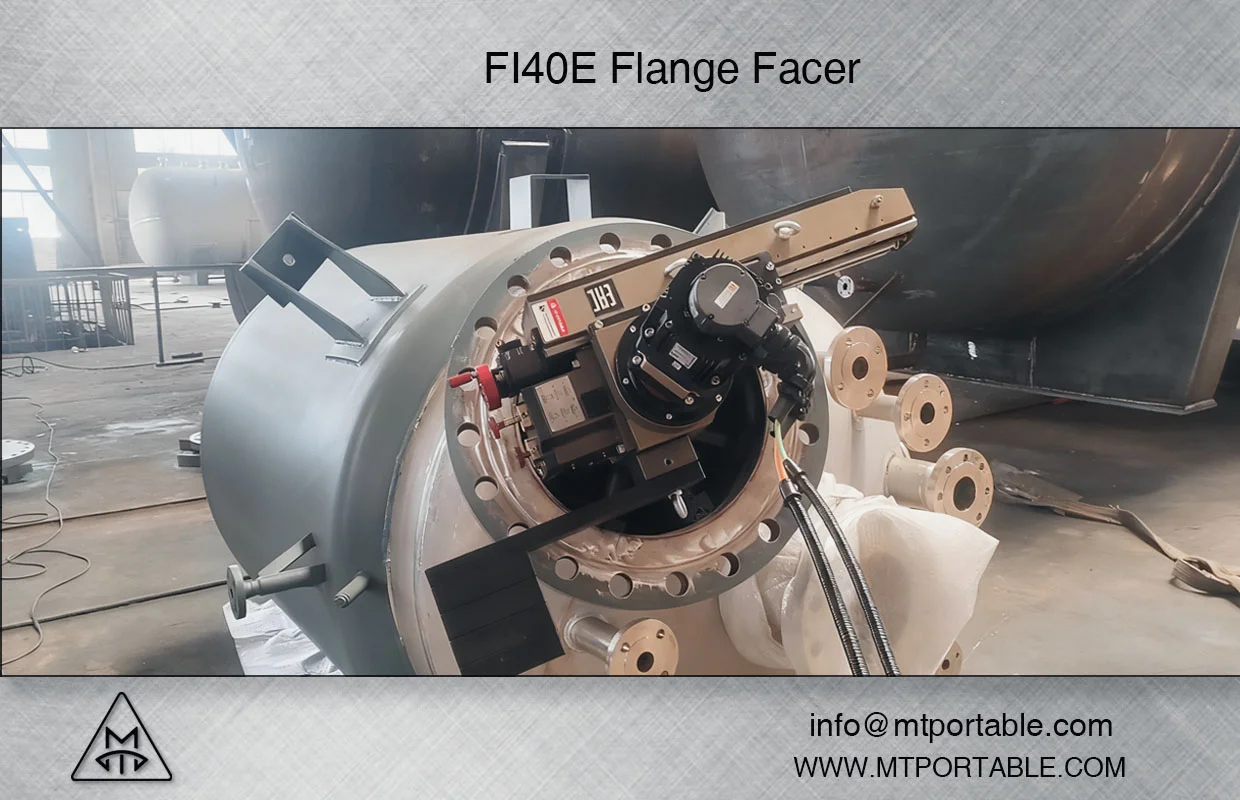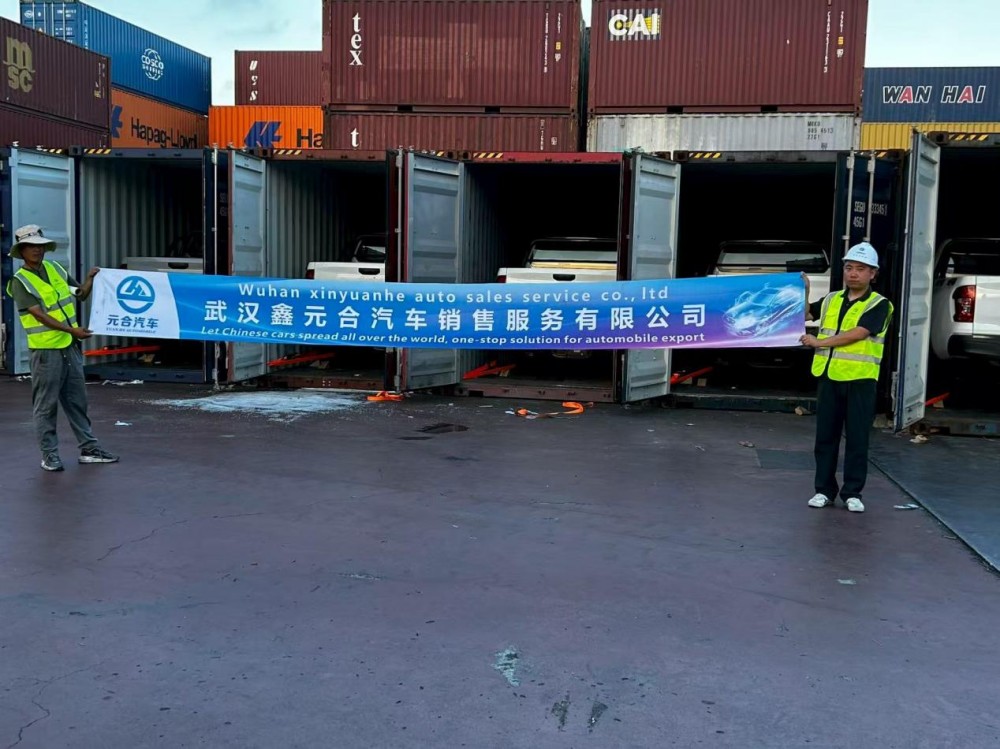In the ever-evolving landscape of global trade, businesses are constantly seeking ways to optimize their supply chains and reduce operational costs. One of the most significant factors influencing the bottom line is the cost of transporting goods. Understanding the various modes of transportation and their associated costs is crucial for businesses aiming to enhance their logistics efficiency. This article delves into the intricacies of freight transportation, exploring the lowest cost forms of transporting goods while considering factors such as distance, volume, and type of cargo.
The Transportation Spectrum: An Overview
Transportation methods can be broadly categorized into four primary modes: road, rail, air, and sea. Each mode has its unique advantages and disadvantages, and the choice often hinges on a combination of cost, speed, and the nature of the goods being transported.
- Road Transportation:
- Cost Efficiency: Road transport is often the most flexible and accessible option for short to medium distances. It allows for door-to-door service, which can significantly reduce handling costs. However, costs can escalate due to fuel prices, tolls, and maintenance.
- Best Use Cases: Ideal for perishable goods, smaller shipments, and areas lacking rail or port infrastructure.
- Rail Transportation:
- Economies of Scale: Rail transport is typically more cost-effective than road transport for bulk shipments over long distances. The fixed costs associated with rail infrastructure can be offset by transporting large volumes of goods, making it a preferred choice for industries like agriculture and mining.
- Limitations: Rail transport lacks the flexibility of road transport, as it requires access to rail terminals and is limited to specific routes.
- Air Transportation:
- Speed vs. Cost: Air freight is the fastest mode of transportation, making it ideal for time-sensitive shipments. However, it is also the most expensive. The high cost of fuel, airport fees, and security measures contribute to the overall expense.
- Niche Applications: Best suited for high-value, low-volume goods such as electronics and pharmaceuticals, where speed outweighs cost considerations.
- Sea Transportation:
- The Champion of Cost-Effectiveness: When it comes to transporting large volumes of goods over long distances, sea freight is often the most economical choice. Container shipping allows for the transport of diverse cargo types at a fraction of the cost of air freight.
- Considerations: While sea transport is cost-effective, it is also the slowest method, making it less suitable for perishable goods or urgent shipments.
Factors Influencing Transportation Costs
While the mode of transportation plays a significant role in determining costs, several other factors must be considered:
- Distance: Longer distances typically increase transportation costs, but economies of scale can mitigate this in bulk shipments.
- Cargo Type: The nature of the goods (e.g., hazardous materials, perishables) can influence the choice of transportation and associated costs.
- Volume and Weight: Larger and heavier shipments often benefit from lower per-unit costs, particularly in rail and sea transport.
- Seasonality and Demand: Fluctuations in demand can lead to variable pricing, especially in air and sea freight.
Strategies for Reducing Transportation Costs
To achieve the lowest cost form of transporting goods, businesses can adopt several strategies:
- Consolidation of Shipments: By grouping smaller shipments into larger ones, businesses can take advantage of bulk pricing, particularly in rail and sea transport.
- Route Optimization: Utilizing advanced logistics software can help identify the most efficient routes, reducing fuel consumption and transit times.
- Negotiating Contracts: Establishing long-term relationships with carriers can lead to better rates and service agreements.
- Utilizing Intermodal Transportation: Combining different modes of transport can optimize costs and improve delivery times. For example, using rail for long distances and trucks for the final delivery can be a cost-effective solution.
- Investing in Technology: Implementing tracking and inventory management systems can enhance visibility and efficiency, ultimately reducing costs.
Conclusion
In conclusion, the quest for the lowest cost form of transporting goods is a multifaceted challenge that requires a thorough understanding of the various transportation modes and the factors influencing costs. While sea freight often emerges as the most economical option for bulk shipments over long distances, businesses must consider their unique needs and constraints. By leveraging strategies such as shipment consolidation, route optimization, and intermodal transportation, companies can significantly reduce their logistics costs while maintaining efficiency and reliability in their supply chains. As the global market continues to evolve, staying informed about transportation trends and technologies will be essential for businesses aiming to thrive in a competitive landscape.



More Stories
How FAMA Traffic Brackets Ensure Long-Term Stability in Urban Signal Installations
Что такое бесщеточный электрический мотоцикл и почему он становится выбором будущего
Что такое бесщеточный электрический мотоцикл и почему он становится выбором будущего